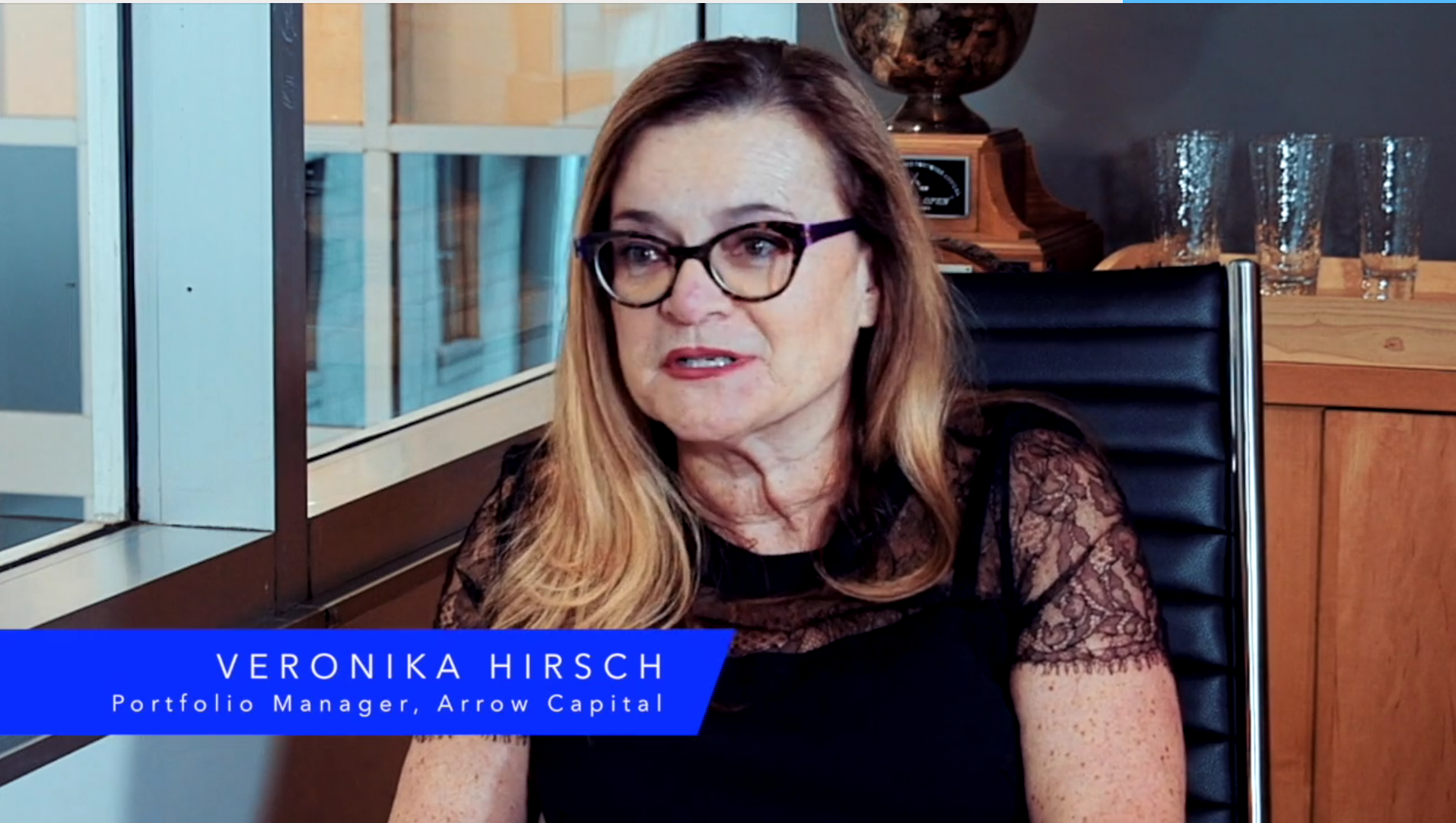Finding the Balance: How to Delegate Effectively
by Commonwealth Financial Network
 As a business owner, you will eventually reach the point where you can’t handle it all. If you try to do so for too long, your firm’s growth will surely stall. But how do you determine which tasks can and should be delegated to your team?
As a business owner, you will eventually reach the point where you can’t handle it all. If you try to do so for too long, your firm’s growth will surely stall. But how do you determine which tasks can and should be delegated to your team?
Now, you might be thinking that delegation is simply moving a task from one person to the next. Think again! In fact, it requires carefully considering each assignment, providing scope, and finding the right person to handle it. But the first step in learning how to delegate effectively is figuring out where you are on the delegating spectrum.
On the extreme end of the delegating spectrum sit those who delegate freely with little follow-up on the outcome. Once a task is delegated, they move onto the next thing. But that’s when the trouble begins. The person who’s left with no guidance and too many questions will hesitate to move forward.
On the other end are those who can’t fully let go. They constantly check in for progress updates and bring up the newly delegated task in meetings. The individual who takes on the job may end up feeling untrustworthy, which stymies progress.
Now, take the pulse of your own delegation style. Question whether you provide enough direction or if you’re overly possessive. If you’re too close to your business, this can be hard to detect. As you go through the process of delegating, be mindful of what adjustments you might need to make.
As you prepare to pass the baton, ask yourself the following questions:
- Does the task belong to staff or an advisor? Some tasks will always remain with advisors and shouldn’t be delegated. These include high-level strategic planning and managing the financials of the firm.
- Is there a clear path? As Michael E. Gerber and Michael Steranka write in The E-Myth Financial Advisor, don’t try to manage people; manage a process. By setting up more repeatable processes, everyone in the office can follow a step-by-step path to a specific outcome. Repeatable processes also allow you to build consistency and create clear expectations for your staff.
- Are your employees properly trained? Not only should your staff be trained in the underlying process, but they also should understand all of the concepts involved, the systems used, and the “why” behind the job.
If your staff are trained and backed up by a well-written procedures manual, then you have the structure in place to start delegating. But you’ll also want to consider the bigger picture: your current plans for growth and the impact that new business will add.
- Calculate how many additional hours you and your staff will need to service new clients or assets if you meet your growth goals. If you bring on clients with new planning or investment needs, and your staff members aren’t familiar with the service requirements, you’ll need to add more time for training.
- Review any non-revenue-generating goals you have for the year. Who will manage those tasks? How many hours will they take to complete?
- Take a fresh look at staff job descriptions. Should they be expanded? Do you need to hire more staff, or can you accommodate new skills through training existing staff?
The right person. Who takes on a particular task may depend on multiple factors. Consider how generational factors could potentially affect how you assign new tasks. Do you have millennial staff members eager to dive into a new technology? Ask them to take on a project that requires learning something new, and then have them provide training to the group. This will empower younger staff members by providing an opportunity for cross-mentoring.
Required behaviors or skills. Here, you should consider where the task falls across these categories:
- Knowledge or education: If the task requires a specific skill in a system or knowledge base, is there someone in particular who would qualify?
- Duration: Is this a short-term duty, or is it an ongoing endeavor requiring strong follow-through?
- Level of problem-solving or research: Does it require extensive research or problem-solving, or can the resolution be found easily?
- Initiation: Where and how is the task initiated? Does it get assigned, or will the staff member need to take initiative?
When in doubt, ask. If an opportunity arose to learn a new skill or own a task, what would your employees hope it would be? Ask them! Clearly, some tasks will remain with you and others can be delegated, but asking is a way to establish their buy-in for whatever change is ahead. Plus, adding new responsibilities can help your staff’s professional development.
Once you’ve identified behaviors associated with tasks and skill sets, the next step is to take action. How will you communicate and deliver the intended new workload to staff?
- Communicate new responsibilities in person. If there’s a point in the process where two employees are involved, make sure both employees are in the meeting together. Allow them to ask questions, and follow up with an e-mail that discusses how the new work will be assessed and monitored.
- Understand new tasks mean change. Change can be hard, so expect some challenges. Allow time for individuals to disconnect from old behaviors, and help reinforce the reasoning behind the shift.
- Describe a successful outcome. Rely on your procedures here, and describe what “done” looks like. Make sure there is agreement on what a completed task means.
- Talk openly about the learning curve. Explain that you expect some challenges to arise while the task is implemented, and allow for an adjustment period.
- Reward new behaviors. If a staff member embraces a new task, be sure to give praise. It’s important for people to know where they stand in terms of their progress, and providing them with accurate feedback will help them successfully adapt to the change.
- Set expectations. If staff members do not take to a new task as you thought they might, have a frank conversation and explore why it’s not working.
Even if you’ve done all the prep work, you may hit resistance if your team is busy already or if you are not confident that team members can handle additional responsibilities. Here are two ideas for easing into a new way of working:
- Create incentives for finding efficiencies. This may be particularly useful if you have only one staff member. Smaller staffs have more skin in the game to help create efficiencies since it helps them better manage their time and avoid becoming overwhelmed. Encourage your staff members to find efficiencies and time savings by making those things part of their performance reviews and reward those behaviors.
- Ask for their help with research. This shows you trust the staff member but still gives you involvement. Researching a new vendor, for example, takes time and patience. Ask staff to start the process and provide you with the information and particulars of various services. It will save you the lion’s share of the work but still allow you to make the final decision.
Once you’ve delegated a task, congratulate yourself: you now have more time! Let your staff know you’ll check in after the first couple of weeks. That time period gives them the space they need to own the new way of doing things.
Remember, your staff’s success is your success, and showing them your trust is going to help solidify a sustainable business for the future. Provide support when necessary, of course, but keep out of the minutiae and focus on making the most of your new time—by growing your business.
Where do you fall on the delegating spectrum? Do you have a process in place for deciding which tasks to delegate to your staff? Please share your thoughts with us below!
Commonwealth Financial Network is the nation’s largest privately held independent broker/dealer-RIA. This post originally appeared on Commonwealth Independent Advisor, the firm’s corporate blog.
Copyright © Commonwealth Financial Network

















